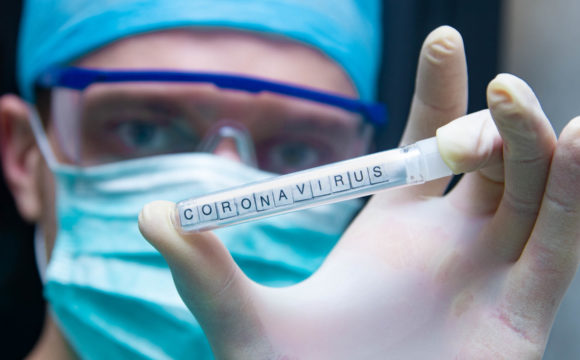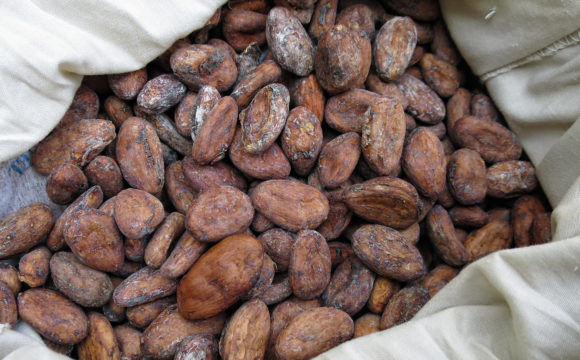Patients who are critically ill and are immune-compromised because of reasons like hematological cancer, HIV, and diabetes etc. run a high risk of invasive fungal infections. The most common of these infections are Candidiasis and Aspergillosis. A review published in the journal The Lancet provides a series of suggestion on diagnosis, prevention, and treatment following an analysis to determine what works the best against these infections. The chief research institute was University of Sydney, Westmead, NSW, Australia.
Candidiasis is a fungal infection caused by more than 20 species of Candida with Candida albicans being the commonest. Signs include white patches on areas in mouth, tongue, and genitals. Itchiness and fever maybe the other important features/symptoms. It is slightly more common in the children than in the adults. Attempts to prevent include the use of Chlorhexidine in the form of mouthwash which is a disinfectant and an antiseptic. Clotrimazole or Nystatin are common antifungals which are used in the form of topical agents and in the case of emergency, medication (either oral or intravenous) may involve fluconazole, itraconazole, or amphotericin B. An estimate has suggested that about 6% of all babies and about 75% of all women suffer from Candidiasis. Candida septicemia is a form of fatal systemic infection of the bloodstream, other forms may also be lethal if left untreated.
Candida Albicans
(Source: i.ytimg.com)
Aspergillosis is another common fungal infection caused by the species of Aspergillus of which the commonest is Aspergillus fumigatus. The causative agent is highly stress resistant. In immunocompromised patients, the symptoms of the disease may include a cough, fever, chills, shock, delirium, seizures and blood clots. X ray and CT scans are common ways of diagnosis. Treatment may involve administering voriconazole and liposomal amphotericin B with or without surgery. Although Aspergillosis is regarded less common amongst humans as compared to nonhuman animals especially birds (like parrots and ducks), estimates have suggested that it accounts for about 600,000 deaths globally.
Aspergillus fumigatus
(Source: usercontent1.hubstatic.com)
The paper in The Lancet makes a bunch of recommendations and key observations which can be summarized as below.
- Neutropenia (An abnormally low count of neutrophils) and T cell immunosuppression are the highly relevant factor in prognosis.
- The requirement of using biomarkers (eg, galactomannan, 1,3-β-D-glucan, and PCR assays for Aspergillus spp) for the early stage diagnosis accompanied by close monitoring of clinical and radiological findings.
- Blood and other sterile fluid culture tests are the gold standards against invasive candidiasis.
- Echinocandins and newly emerging versions of triazoles are most promising drugs of treatment.
The lead researcher Tania C Sorrell in regards to this research reportedly said, “This is vital, because rapid and accurate diagnosis, together with the right treatment, will significantly increase the chances of recovery for a patient” (Source: Sciencedaily.com)
While these findings arise from a data of entirely Australian base it clearly will provide help both in the developing and developed world for designing strategies, reducing mortality and improving lives.
Reference:
A L Colombo, J N de Almeida Júnior, Monica A Slavin, Sharon C-A Chen and Tania C Sorrell Candida and invasive mould diseases in non-neutropenic critically ill patients and patients with haematological cancer The Lancet Infectious Diseases 31 July 2017










